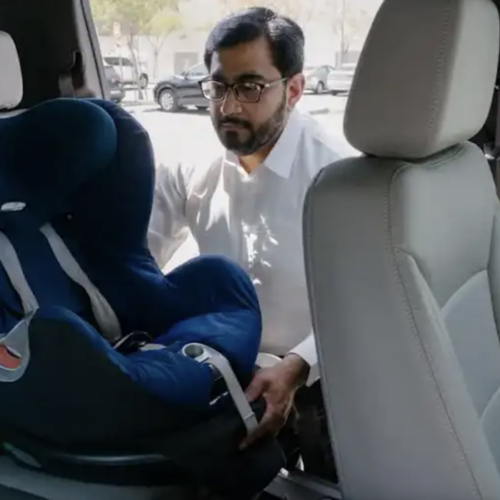Three ways to tell if your child has ADHD
Many children daydream and occasionally forget to do their homework, but what is the difference between a struggle to focus occasionally, and having a condition such as Attention-Deficit/Hyperactivity disorder (ADHD)? Mother, Baby & Child look at some of the symptoms to look out for…

ADHD is defined as “chronic condition that affects millions of children and often continues into adulthood. ADHD includes a combination of persistent problems, such as difficulty sustaining attention, hyperactivity and impulsive behavior”. The symptoms in children are usually appear between the ages of three and six, although both children and teenagers can be diagnosed at any ages. However the condition can manifest itself in multiple ways and different facets of life, here are some of the key signs:
Attention span
These symptoms can range from appearing forgetful: forgetting homework, making careless mistakes in their school work and easily misplacing things. Children with ADHD also often struggle with following out instructions, organizing themselves, they often also struggle to stick to one task, frequently changing between different activities, and struggle with sticking to any one task that might be time consuming or taxing.
Impulsive behavior
These types of behavior can appear at home or in school, including being unable to wait their turn when faced with a group activity or waiting in the lunch queue. Children with ADHD tend to have little sense of danger, which can be acerbated by their tendency to act without thinking. ADHD symptoms can also be present in social development: children with the condition tend to interrupt conversations.
Hyperactive behavior
- being unable to sit still, especially in calm or quiet surroundings
- constantly fidgeting
- being unable to concentrate on tasks
- excessive physical movement
- excessive talking










